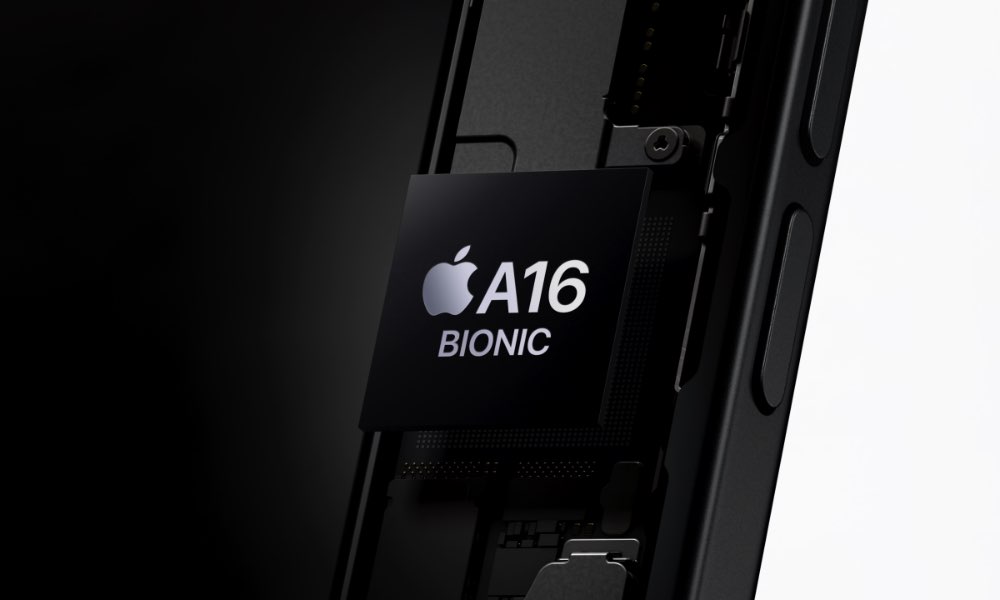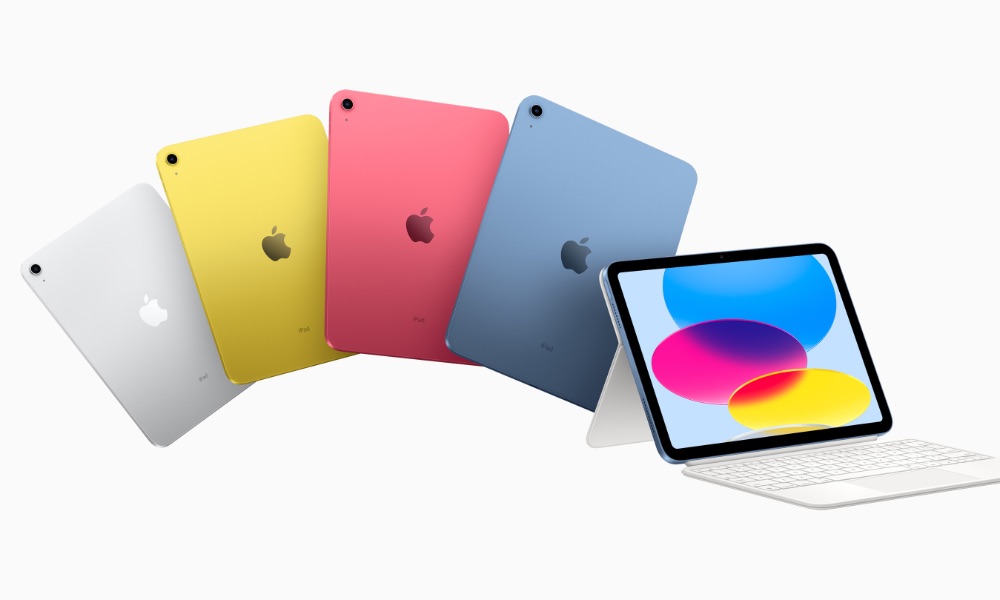A New Entry-Level iPad Finally Arrives — Without Apple Intelligence

Toggle Dark Mode
Alongside the modestly refreshed M3 iPad Air, Apple has also unveiled a long-awaited update to its entry-level iPad. While the latest model boasts some healthy new specs, it also hasn’t moved much beyond its base model roots.
After releasing a completely redesigned 10th-generation iPad in late 2022 that followed the aesthetic of its pricier siblings, we experienced a two-year drought on updates. No new iPads were released in 2023— the first iPadless year in Apple’s history since the original debuted in 2010 — and when Apple finally broke that silence, it was with a new M4 iPad Pro and M2 iPad Air.
Meanwhile, the 10th-generation model continued to languish, feeling more dated as the months went by. When rumors of a refresh began to show up last year, many believed Apple might make a bigger jump, possibly taking it to an M1 chip. After all, we were moving into the era of Apple Intelligence, and it seemed that Apple wasn’t about to release a tablet that didn’t support its latest AI features.
Except, it turns out, it was. As the 11th-gen iPad got nearer to release, reports appeared that it might only sport an A16 Bionic chip and be left out of Apple Intelligence. Around that same time, Apple’s partner TSMC had reportedly begun making A16 chips at its facility in Arizona. Things seemed to line up, although it still seemed possible that Apple might be creating a repackaged version of the A16, perhaps an “A16 Pro” or an “A16X” like it did for the higher-level iPads of yesteryear.

This souped-up A16 could include 8 GB of RAM for Apple Intelligence, rather than the 6 GB of the iPhone 14 Pro and iPhone 15 (the only two devices that have used this chip before now). After all, the Neural Engine in the A16 is more than powerful enough for Apple Intelligence, considering it runs even faster than one in the M2.
Nevertheless, it turns out that TSMC may be fabricating even less powerful A16 chips than those from the iPhone 15 era. Either that, or Apple has a stock of seriously binned A16s laying around.
The new iPad uses a plain old “A16” (Apple has dropped the “Bionic” suffix in its specs) that has one less CPU core and one less GPU core than the A16 Bionic used in the iPhone 14 Pro and iPhone 15. Specifically, this has a 5-core CPU — that’s one less core than the A14 Bionic used in the previous model — plus a 4-core GPU. Of course, the individual A16 cores are faster, but it’s an interesting distinction.
This naturally leaves no room for Apple Intelligence, and it’s not the only upgrade that the base iPad has failed to gain over its predecessor. The size and weight are identical (which is good news, as it means it will fit the same cases). The display technically increases to 11 inches rather than the 10.9 of the 2022 model, but we’re going to chalk that one up to rounding, as the display specs are otherwise identical. The cameras are the same, although the newer model gains Smart HDR 4, that’s simply a function of the A16 chip.
As with the M3 iPad Air, it feels like Apple has just taken the 2022 model, tossed in a new A16 chip, and called it a day.
Battery life remains the same, as does Apple Pencil support. Notably, this means you can choose between the Apple Pencil (USB-C) or first-generation Apple Pencil (yes, the one with the Lightning connector on the end). It’s a weird arrangement, but thankfully not quite as odd as when the 2022 model was released and the first-gen stylus was the only option. The USB-C version is now the best choice for most folks as it’s cheaper and easier to charge; however, the first-generation Apple Pencil offers pressure sensitivity for those who need it on Apple’s most affordable tablet.
While the omission of Apple Intelligence seems bizarre in an era when Apple won’t otherwise stop talking about it, there may be a method to the company’s madness. Firstly, it would almost certainly prefer folks to buy the M3 iPad Air, and we won’t dispute that’s the far better buy if it fits into your budget, as it delivers substantially better value for the price even if you don’t care about AI features.
However, the more important consideration is that Apple sells a lot of iPads to schools, and nearly all of those are buying in bulk and opting for the most affordable models available. They also don’t care about Apple Intelligence at this point. It wouldn’t be surprising to find it sells more iPads to educational institutions than it does to consumers, and keeping those prices affordable is important when wrestling with the budgets of schools who are buying dozens or even hundreds of iPads at a time. An extra few dollars adds up quickly at that scale.








